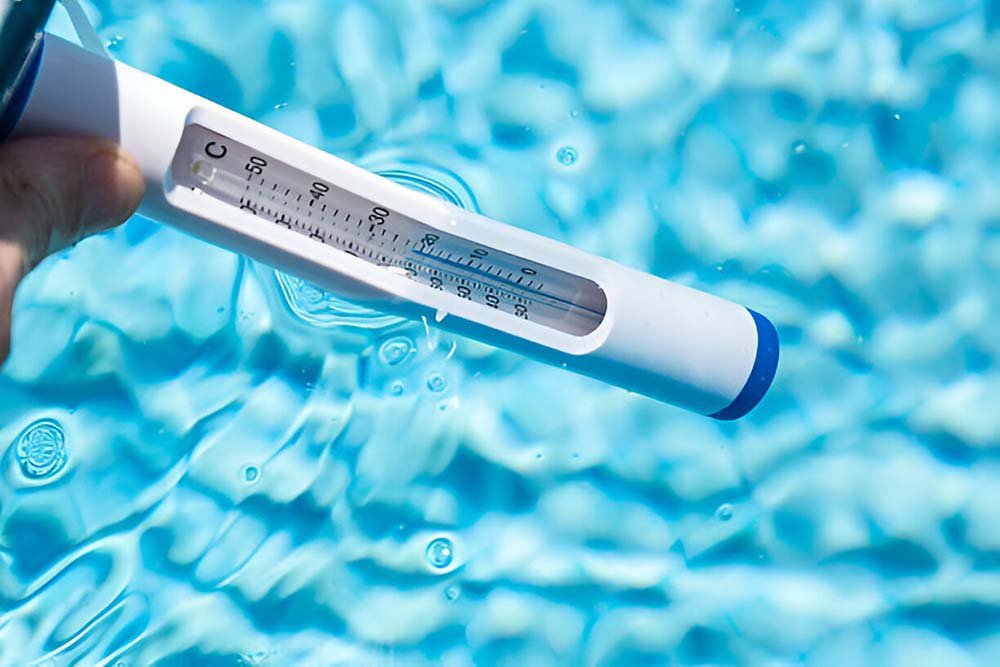The main element of an ideal swimming pool is its water temperature. Indeed, a cool temperature that is cold enough to feel refreshed and warm enough not to freeze will make you enjoy your swimming pool the best. However, it can be challenging to reach this perfect temperature considering the weather elements and exposure. This article will give you tips to maintain your fibreglass swimming pools at a comfortable temperature during summer.
What is the ideal pool water temperature?
Swimming Australia and FINA guidelines recommend a standard swimming pool temperature of 25-28°C. However, the ideal temperature for residential swimming pools is 26-28°C during the warm and 29-30 °C during the cold seasons.
What factors influence your pool’s temperature?
- Sun: Building your pool with total sun exposure, meaning all day in the sunlight, will naturally warm up your water. You will not need a pool water heating system during the summer season.
- Shade: Having your swimming pool partially or fully shaded by trees or other buildings will keep your water cooler. However, it also allows you to use your pool during the day without the risk of sunburn, especially with children.
- Pool depth: having a deep swimming pool implies a large volume of water to fill it. However, the larger the volume is, the longer it takes to warm and cool. You can notice that the shallower water room temperature will change quickly from hot to cold with pools that offer multi-depth levels.
- Pool materials: A fibreglass pool will retain heat longer than a concrete swimming pool. This is because fibreglass material can stabilise heat more than other materials.
- Wind exposure: Wind blowing at the surface of a swimming pool cools the water. To avoid the wind’s influence on water temperature, it is recommended that the pool be adequately sheltered.
Why would you keep your swimming pool temperature stable?
- Enjoy your pool: Nobody likes to go in a freezing or burning pool! Reaching the ideal temperature for your pool guarantees that you and your family will use it and have fun in it.
- Safety: A perfect temperature will protect your family from health risks such as dehydration, muscle cramps, vomiting, overheating/hypothermia, and breath issues that a too cold hot water temperature can provoke.
- Pool maintenance: Chemicals such as chlorine or algaecides react differently to heat. A high temperature causes chlorine levels to decline faster, facilitating bacteria and algae growth. You must adapt your temperature to the temperature variation.
Tips to keep your pool at an ideal temperature
- Pool heating systems: investing in a clever tool that will regulate your water temperature as you wish is the easiest way to reach your target. Electric pool heaters are effective and the most popular option; however, their use stays costly, especially when functioning all year. Gas pool heaters from woodstock gas company are cheaper to run and as efficient as electric ones. Recent innovations created solar pool heating systems that collect and use solar energy to heat the pool. Opt for programmable thermostats that will give you total control over your pool’s water temperature.
- Pool covers: A cover traps the heat from the water when you are not using it. It is especially useful at night when the weather cools down. The main utility of a cover is to prevent debris from falling into the water and keep it clear.
Summary
The ideal temperature for your swimming pool is crucial as it will bring safety, comfort, and enjoyment while you swim in your pool dream.












